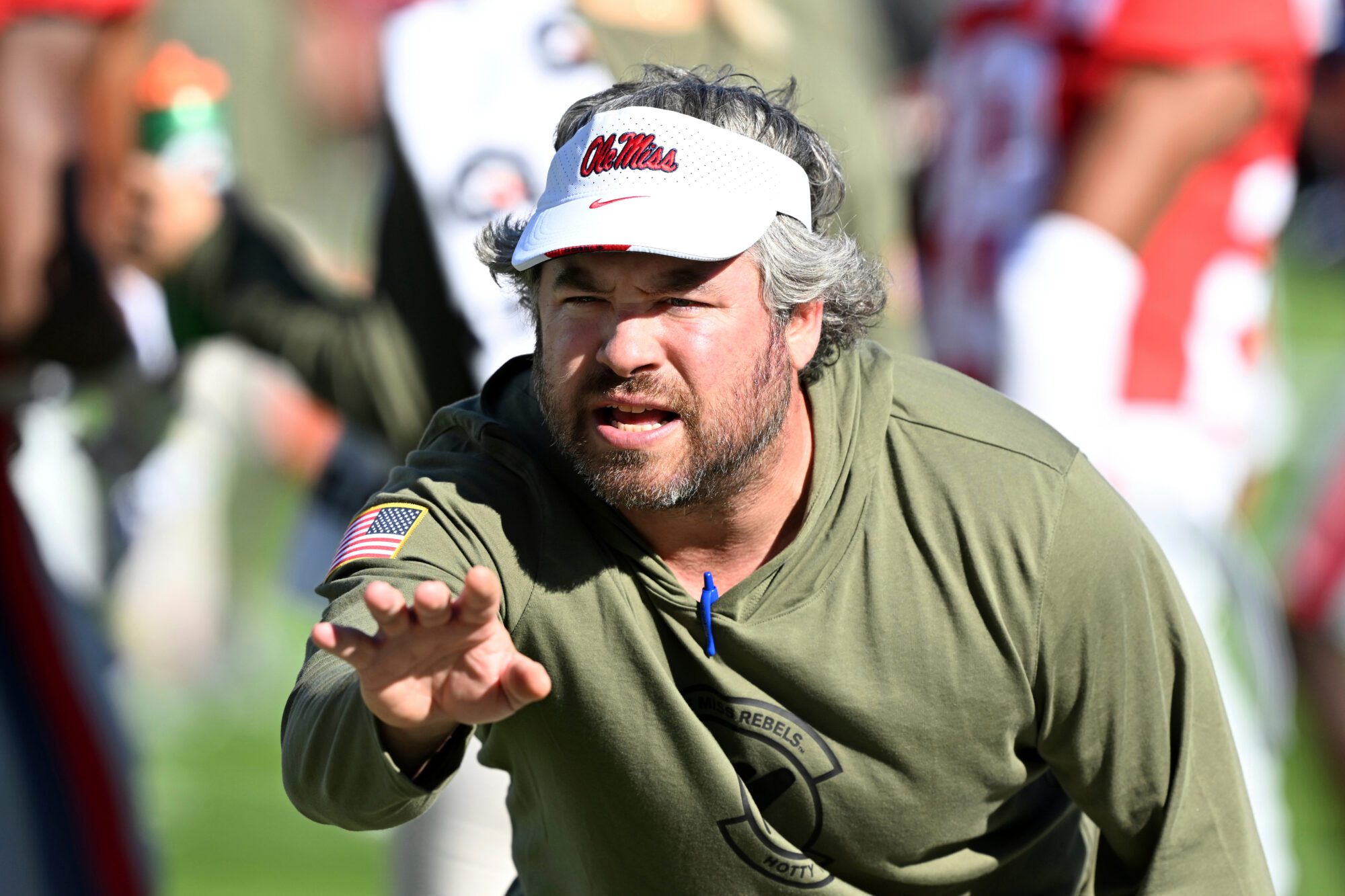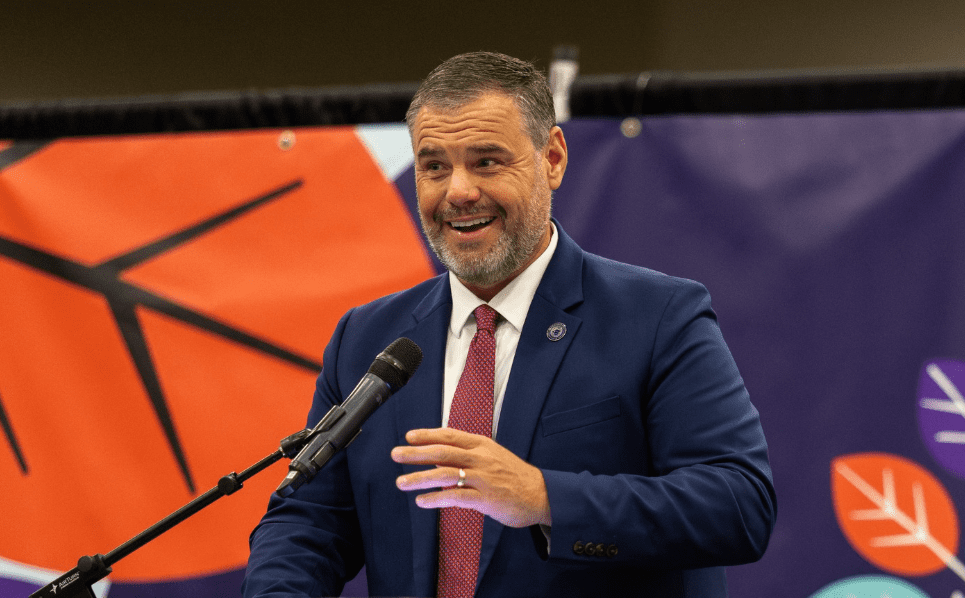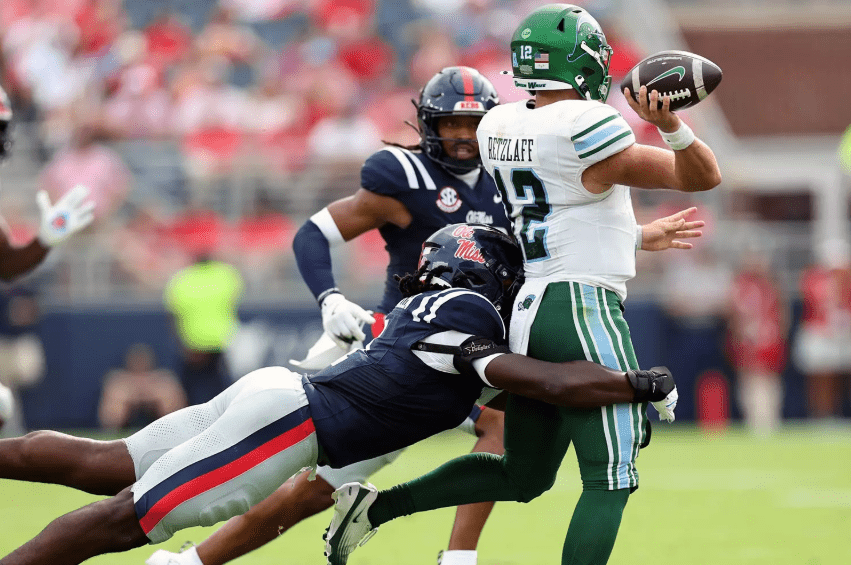
Studio portrait of Sid Salter. (photo by Beth Wynn / © Mississippi State University)
By: Sid Salter
At Saturday’s Starkville Unity March and subsequent rally on the campus of Mississippi State University, I watched and listened. I saw local white merchants bringing cases of bottled water and local white-owned restaurants dropping off food for organizers and the police. I saw many white business leaders, bankers, and civic club members participating in the march and staying for the rally.
It felt different than any race-related event and certainly any protest that I have ever witnessed as a citizen or covered as a reporter. It was hopeful. It had moments of sorrow, yes, but there was also a palpable joy. Older whites applauded and encouraged young black protestors as they spoke from their hearts.
It was an event that felt a world away from the Mississippi of my childhood. In 1960, The New York Times sent their Southern correspondent Claude Sitton – a Georgia native – to cover how the Mississippi criminal justice system dealt with one of the state’s most disturbing law enforcement-involved lynchings in our history.
Mack Charles Parker, a 23-year-old African American truck driver, was arrested in Pearl River County on charges of raping a pregnant white woman. Three days prior to his scheduled trial, a white mob dragged Parker from the jail with the alleged assistance of a former deputy sheriff and the jailer.
The mob kidnapped and beat Parker severely, then took him to the Bogalusa bridge on the Mississippi-Louisiana state line. There Parker was shot twice in the chest, his body weighted with logging chains and then tossed into the Pearl River. The Federal Bureau of Investigation was called in but was met with little to no local cooperation with the probe.
Later, after federal charges were brought against a group of suspects identified by the FBI, the then-mayor of Poplarville told Times’ reporter Sitton: “You couldn’t convict the guilty parties if you had a sound film of the lynching.”
Down through the civil right atrocities of my youth and childhood in Mississippi, with victims named Medgar Evers, Michael Schwerner, Andrew Goodman, James Chaney, Vernon Dahmer and so many others before them like Parker and Emmett Till, local indifference and often downright contempt greeted any effort to seek justice for these crimes.
But it’s clear that the old sneering comment from the Poplarville mayor in 1960 was no longer true, the one in which he stated Mississippians would not hold a suspect to account for a lynching “if you had a sound film.”
The powerful eight minutes and 46 seconds of video that recorded Floyd’s encounter with Minneapolis Police Department – in which he begged for his life while handcuffed and subdued – gave Americans a living room seat view of Floyd’s fate. And despite wide revelations about Floyd’s criminal record, it was the indifference to a handcuffed man in custody begging for his life that seemed to galvanize a nation.
In Mississippi, we have a long record of racial violence and civil right atrocities. We also have the highest percentage African American population in the nation along with the highest rate of poverty. Health and healthcare disparities are inarguable.
On social media, a growing number of Mississippians – including several white Republicans – are in conjunction with the Floyd protests calling for a change of the Mississippi state flag. Whether the state is ready to address that issue remains to be seen.
In the 2001 flag referendum in the Mississippi Delta region — the heart of this state’s black voter population — the 1894 flag won a 60 percent margin of approval. Records in the secretary of state’s office show voter participation in the 2001 flag referendum in black majority counties was significantly down from prior elections.
Predominantly white and Republican DeSoto County voted 6-1 for the old flag. Predominantly black and Democratic Hinds County voted 2-1 for the new flag.
Did Saturday’s marches and rallies change those attitudes and voter behaviors? The answer to that question is the hard comparison between marches and movements.









